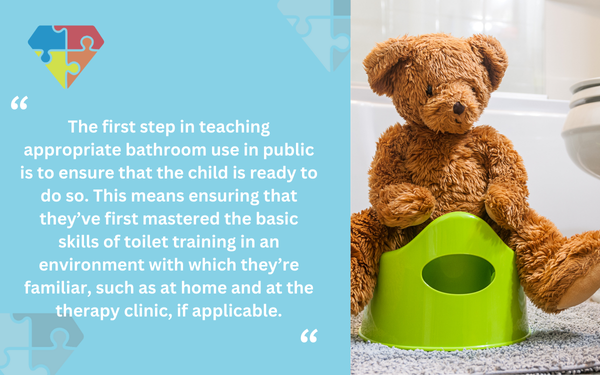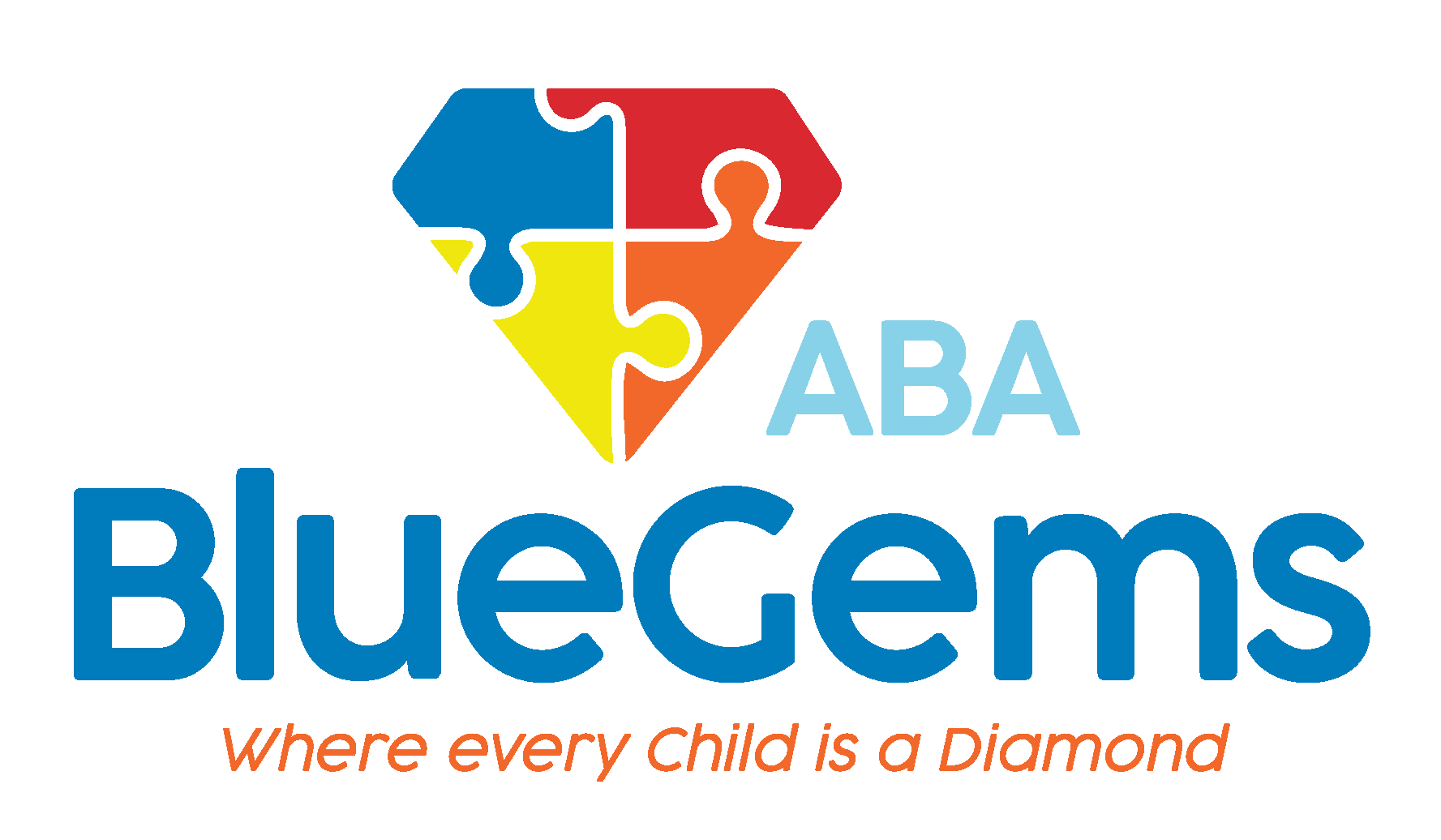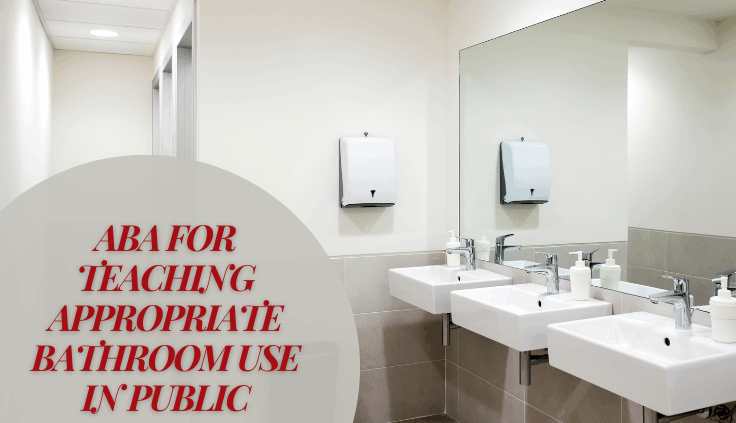ABA for Teaching Appropriate Bathroom Use in Public
We can’t always be in familiar environments with the amenities that we are used to. We might be outside of the house, for example, and need to use a public bathroom.
For most of us, learning appropriate bathroom use in public is something that takes some time and practice, but it comes rather easy. For children who have autism spectrum disorder (ASD), these skills may not be as easy to learn.
Yet, regardless of a child’s developmental abilities, there still will likely be times when they have to use a bathroom in public — whether that’s in school, at work or out and about in the community.
While this may seem daunting at first, children with autism can learn appropriate bathroom use in public through applied behavior analysis, or ABA therapy. Here are some ways in which that can be done.
Table Of Contents
Build Foundational Skills
The first step in teaching appropriate bathroom use in public is to ensure that the child is ready to do so. This means ensuring that they’ve first mastered the basic skills of toilet training in an environment with which they’re familiar, such as at home and at the therapy clinic, if applicable.

The child would need to know how to recognize that they have to use the bathroom, have control over their bladder, be able to follow basic instructions and then use the bathroom successfully.
If the child isn’t yet at this point, ABA therapy can certainly help to teach these fundamental skills.
Therapists will start by establishing a consistency in approach so that the child knows how to effectively communicate that they need to use the bathroom. The therapist can even accompany them to the bathroom to aid them with what they would need.
Over time, the child will learn to master these skills in the familiar environment before progressing to the unfamiliar environments.
Prepare for Additional Skills
Using the bathroom at home and in public is similar in many ways, but there are some nuances that people need to understand to act appropriately. For example, it’s perfectly fine to sing in your bathroom at home, but it’s not acceptable to do so in a public bathroom.
Therapists, parents and other family members can’t always provide the same level of support and assistance in a public bathroom than they can at home. As such, the next step in teaching appropriate bathroom use in public is for ABA therapy to help children with ASD prepare for the additional skills that they’ll need to master and additional situations they might encounter.
Many public bathrooms look a lot different than a single-person bathroom at home does. They also will involve many new sensory stimuli into the equation, including bright lights, loud sounds and strong smells.
ABA therapy can help to prepare children with autism for these things by introducing some of these stimuli into the home bathroom. For example, they can start to play recordings of sounds and have different smells present in the home bathroom.
Gradually exposing the children to these sensory stimuli in a safe environment can help to prepare them for what they might encounter in a public bathroom. Then, the therapist can provide them with support, such as headphones that cancel outside noise or other calming mechanisms and/or devices.
| Skill Area | Home Bathroom | Public Bathroom | ABA Support Strategies |
|---|---|---|---|
| Communication | Easier with known adults | May require independent initiation | Visual supports, reinforcement systems |
| Sensory Tolerance | Controlled stimuli | Bright lights, loud sounds | Gradual exposure, noise-canceling headphones |
| Privacy Awareness | Private setting | Shared space | Role-play, social stories |
Generalize the Skills
The final step in teaching appropriate bathroom use in public is to generalize the skills the child has learned in the safe and familiar environment to the unfamiliar ones. This can be done through role playing at home at first, followed by accompanied visits to public restrooms.
ABA therapists can use the same consistent routines, prompts and cues to help guide the children through the process of using a public bathroom in an appropriate way, and reward them using the same positive reinforcement tools and techniques that were introduced at home.
Over time, the children will learn how to master appropriate bathroom use in public so that they can do it comfortably and confidently on their own in the future.
Blue Gems ABA Teaches Children with Autism Practical Skills
Children with autism will not always be able to avoid unfamiliar environments. To build independence, they’ll need to learn how to do things outside of the home, such as use public bathrooms appropriately.
At Blue Gems ABA, our team of experienced therapists can help children with ASD learn these important and practical skills. By crafting personalized treatment plans that are catered to each individual child’s unique strengths, challenges and preference, we can effectively help children on the autism spectrum live more independently.
To learn more, please contact us today.




